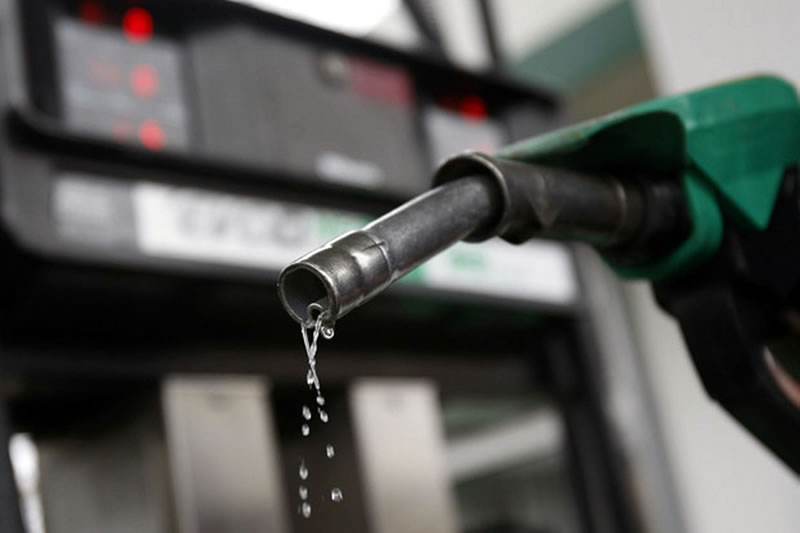The petrol crisis eased a bit on Wednesday as the gap between demand and supply started narrowing.
[contentblock id=1 img=adsense.png]
The government set up a ‘situation room’ to coordinate countrywide supplies and monitor round-the-clock sales position.
According to reports received from Lahore, the supply situation started improving and filling stations in large parts of the city were seen obliging customers. But people in Rawalpindi continued to face difficulties on the rainy day. Long queues of vehicles were seen at some petrol pumps even late in the night. While the overall supply situation was officially projected to keep on improving, developments over the next couple of days will be critical for smooth supplies in February because of availability of funds. This was also conveyed in a written communication to the finance ministry by the petroleum ministry. After holding consultations with the Oil Companies Advisory Council and representatives of oil marketing companies (OMCs), the petroleum and natural resources ministry asked the finance ministry to arrange at least Rs80 billion on an urgent basis so that letters of credit could be opened for fuel imports in February.
[contentblock id=2 img=gcb.png]
It was in this context, officials said, that the prime minister had cancelled his scheduled trip to Davos where he was to attend the World Economic Forum meeting and decided to stay in the country to maintain focus on the fuel and energy situation. The prime minister has called a meeting on Thursday to review the supply and demand situation of petroleum products for the next two months. An official statement said the premier was keeping himself updated on the situation through a special cell created in the petroleum ministry for the purpose. The finance ministry was told that arrangements had been made for the import of five oil consignments for February but it could materialise only after disbursement of the required funds. According to sources, the finance ministry is yet to make any commitment in this regard. In one of the meetings at the petroleum ministry, it was noted that about 11,500 tons of petrol had been delivered to fuel stations across the country by Wednesday afternoon against a daily demand of 15,000 tons and another 4,500 tons would be supplied during the night.
Meanwhile, the Indus River System Authority (Irsa) came under pressure from the National Transmission and Dispatch Company to increase discharges from dams to contain loadshedding of electricity. Urban centres are facing 12-14 hours of loadshedding and rural areas over 16 hours. Although Irsa increased discharges by about 5,000 cusecs per day for Upper Chenab and Lower Jhelum canals, it declined to do more until Jan 25. Discharges from Mangla Dam will be increased from 15,000 to 25,000 cusecs on Jan 25, with higher irrigation demands from the provinces. The canal opening has already begun which will help improve hydel generation from 700MW to about 15,00MW by Jan 31. The petroleum ministry said the ‘situation room’ would be under a grade-18 officer and remain in contact with OMCs to monitor the supply position at depots. It will submit reports to the Prime Minister Secretariat every three hours. The ministry claimed that the situation was improving and queues at fuel stations had reduced because of vigorous monitoring.
[contentblock id=3 img=adsense.png]
The OMCs have been directed to ensure supply of 15,500 tons per day to retail outlets. The officials said the heads of 11 OMCs had attended the meeting at the petroleum ministry while others had taken part through video link from Karachi. The meeting was informed that Byco would supply 30,000 tons of black oil to the power sector within the next few days. The OMCs were directed to ensure that there was no shortage of petrol on the pretext of expected reduction in its price on Feb 1. -dawn













